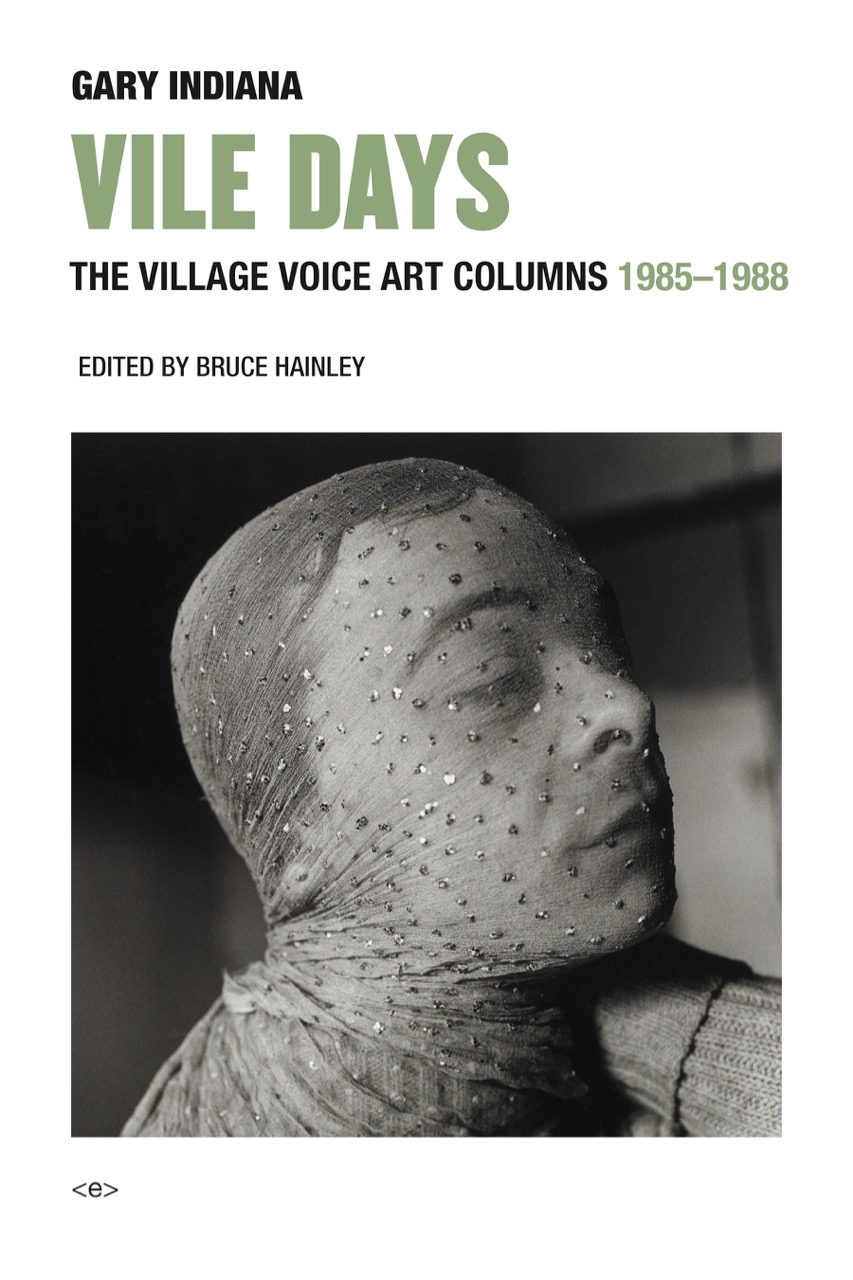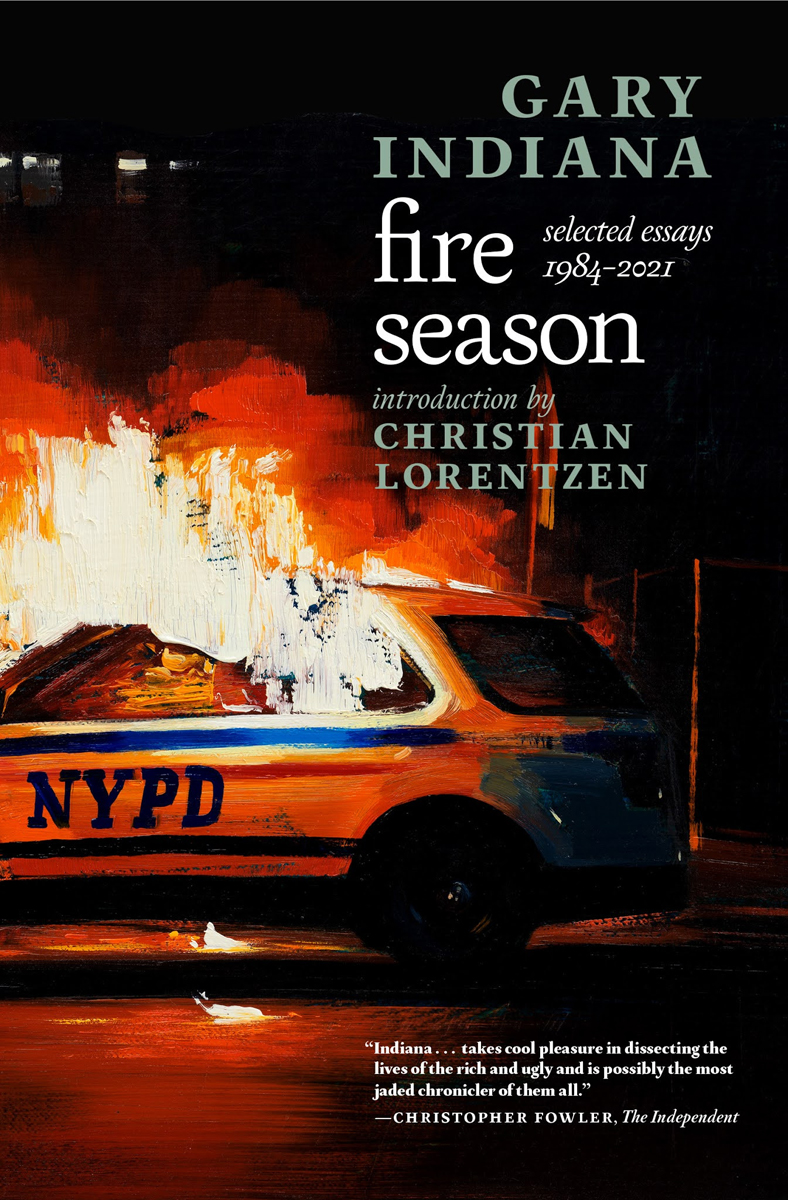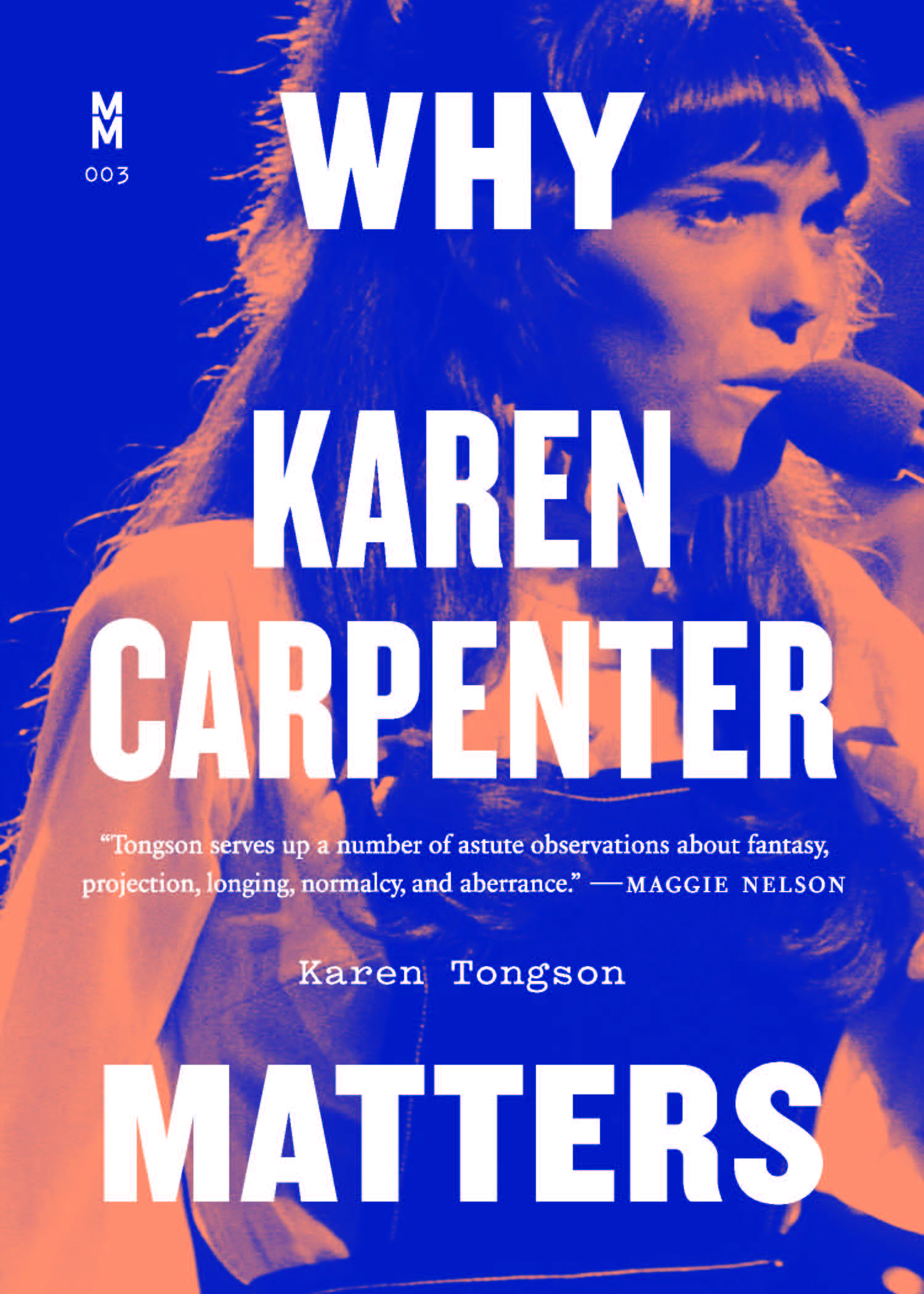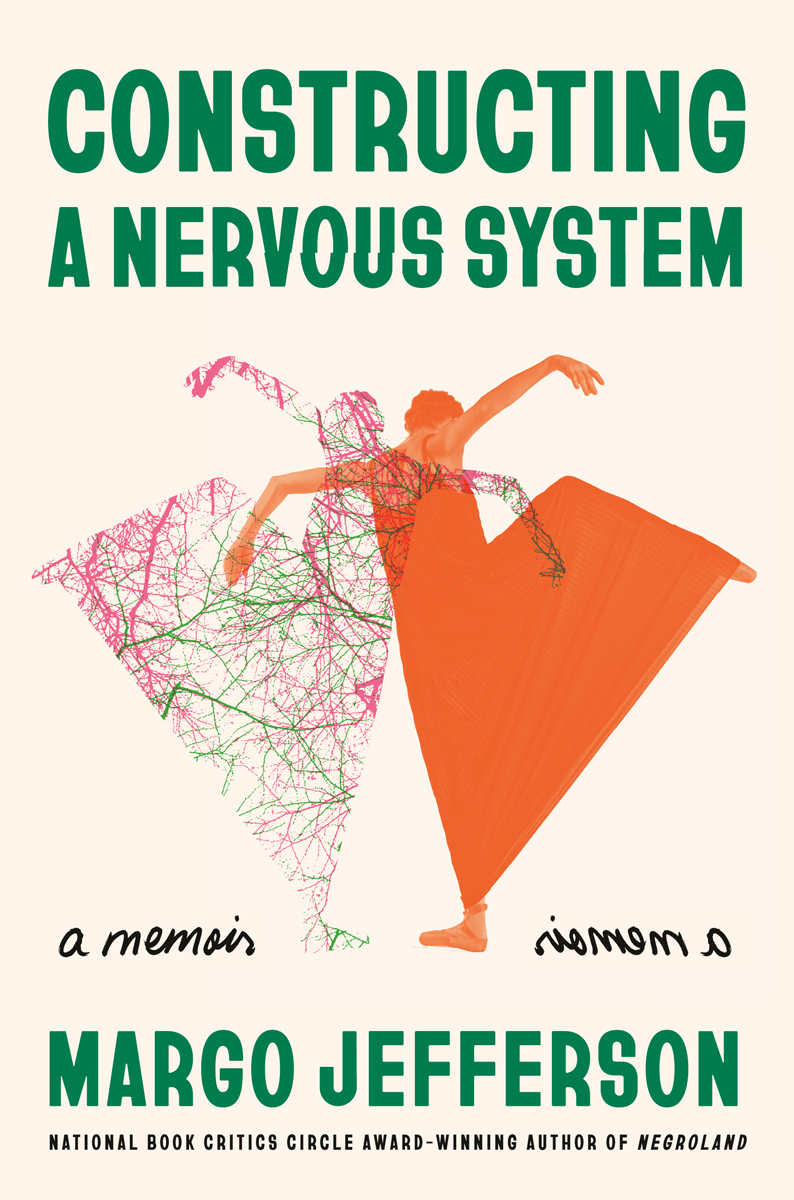 4 Columns
4 Columns
For this week’s reading list, our editors have collected columns that pair critics with the most worthy of opponents: other critics.

Over the past six years of publishing arts criticism, 4Columns has often gone meta, publishing critics criticizing other critics. And we find that through these interrogations of their peers (both historical and contemporary), our reviewers are fundamentally trying to circumscribe what arts criticism actually is, to plunge into deep questions of its aims, uses, pleasures and frustrations. In this week’s summer missive, we turn our gaze to some of our hottest critic-on-critic action, discovering along the way how richly diverse the meanings of criticism can be for its passionate practitioners.
• • •
GARY INDIANA, TWO WAYS:
We begin with contemplations of critics of visual art—chief among them the indomitable Gary Indiana, the Big Critic living rent-free inside many an art critic’s head, a writer of such profound influence that 4Columns has covered anthologies of his work not once, but twice:
MARGARET SUNDELL ON VILE DAYS

When founder and editor-in-chief Margaret Sundell developed her vision for 4Columns, she was inspired in part by Charles Baudelaire’s 1846 assertion that “to justify its existence, criticism should be partial, passionate, and political.” In her review of Vile Days, fellow critic Bruce Hainley’s compilation of Indiana’s Village Voice columns from 1985–88, published by Semiotext(e) in 2019, Sundell finds resounding resonances between Baudelaire’s critical mission and that of Indiana. “What does it mean to consider Indiana, a novelist and playwright by trade, as an heir to the great French poet-critic?” she asks. “The Baudelairean poet-critic is something more than a master of language: he is the writer charged, since antiquity, with conveying humanity’s noblest and most profound experience now forced to comply with the base imperatives of the fourth estate—its deadline-driven tempo, constraints of word count, demands of house style. In Indiana’s case, this tension results in a singular collision of high and low.”
JENNIFER KRASINSKI ON FIRE SEASON

And then, earlier this year, we published a review by art critic (and Artforum editor) Jennifer Krasinski on a new anthology of Indiana’s criticism, Fire Season, from Seven Stories Press. In her review, Krasinski lasers in on a frequently overlooked facet of Indiana’s writing, which is often hyperbolized as rancorous, even fatally acidic. This other face reveals his “vulnerable admissions . . . [and] compassionate allowances,” which, Krasinski argues, are “ironically what point to the roiling moral center of Indiana’s notorious takedowns. His is not a demand for perfection or to service some simpering ideal; rather, he rages most ferociously against deceit, hypocrisy, and the dirty dealings of power. What becomes clear in reading this collection is that American culture is so habituated to bright-siding, readers can lose sight of the fact that venom, administered appropriately, is medicine, or at least an inoculation against future sickness.”
• • •
QUINN LATIMER ON CARLA LONZI

If 4Columns has grappled at length with the legacy of one of the most (in)famous art critics of the English-speaking world, the magazine has also worked to resuscitate memories of lesser-known but just as ferociously fascinating arts writers. Quinn Latimer, herself a critic of contemporary art, did just that in her review of Carla Lonzi’s Self-portrait, released at the start of 2022 by Divided Publishing, in a new English translation by Allison Grimaldi Donahue. Lonzi (1931–82) was an “iconoclastic Italian feminist art critic, writer, curator, and activist . . . a rigorously receptive receiver,” Latimer extols. Lonzi’s book, with “polyphonic perversity,” is drawn “from interviews with thirteen white European and American male artists, as well as Lonzi’s sister in name and struggle, the artist Carla Accardi. . . . Combing the interviews for affinities and affiliations, Lonzi edits passages of speech together like some conversation in which space and time collapse into a palimpsest; she acts like a writer, and also does not. . . . An art critic who rejected the critical art system, a writer bored and bothered by the author’s authority, a feminist activist . . . Lonzi and her books are radical studies in relation, transcription, chorality. She stays close to the record, compiling evidence in the form of diaries, dialogues, and collaged conversations pulled from life, staged as art. She saw relationships as key artistic and activist productions, with essential aesthetic and political value. As visual artists experimented with material, she experimented with human relations and their most mineral communications, gleaning their depths for a more radical subjectivity. And in the spoken voice she received something, and then she wrote it down.”
• • •
BRIAN DILLON ON TERRY EAGLETON

Turning now to the field of literary criticism, we find one of our chief literary critics, Brian Dillon, raising acute questions in his review of a new book by that stalwart of English lit-crit, Terry Eagleton. “Perennial inquiry—does literary criticism matter?” Dillon wonders. “A variant question, at once urgent and wistful, wants to know if it still matters.” He seeks for an answer to that question in his essay on Eagleton’s Critical Revolutionaries, “a lively, partisan study of . . . five [British] critics’ innovative ideas and (in most cases) archaic urges.” As for Eagleton himself, Dillon explains, “in works such as Criticism and Ideology (1976) and Literary Theory (1983), he became the most visible—the latter has sold over 750,000 copies—British opponent of the old humanist approaches, and champion of a materialist criticism derived from the likes of Walter Benjamin, Pierre Macherey, and Louis Althusser. Eagleton’s style has long been polemical, chatty, boisterous, but not very intimate in its readings of texts—though as a reviewer he can deliver precise blows, as in a notorious 2006 London Review of Books piece about atheist irritant Richard Dawkins. But a study of five long-dead white male critics, most of whom taught at Cambridge: this is ancient and recondite history, no? Oddly, not quite.” Instead, Dillon finds in Eagleton’s precise postmortems of these writers a stirring vitality that offers hope for the relevance of literary criticism today.
• • •
ANDREW CHAN ON GILBERTO PEREZ

And we mustn’t neglect the criticism of film. Our reviewer Andrew Chan wrote on one of the medium’s preeminent critics, “Gilberto Perez, who died in 2015 and whose last project, The Eloquent Screen: A Rhetoric of Film,” was posthumously released in 2019 by University of Minnesota Press. In Chan’s deft analysis of the book, he offers a particularly beautiful assessment of what criticism as a genre can do: “Criticism is companionship. For those growing up in communities where art is not a subject of everyday conversation, aesthetic experience can be isolating and bewildering, a site of powerful emotions and challenging ideas that one navigates alone. Before assuming a position as tastemaker or teacher, the critic is first a kind of imaginary friend—someone who can share that lonely space and justify the intensity of the reader’s feelings. This sense of fellowship can arise even when the writer’s personality is so flamboyant and vision so totalizing that there appears to be little room for dialogue. Film criticism in particular is filled with loud voices, hot tempers, and gauntlet-throwing pronouncements, befitting an insecure young medium whose enshrinement as art once demanded defense. As quaint as they may seem now, the long-standing debates that have fueled this tradition—throwdowns over everything from authorship to form to representation—have been opportunities for writers to perform their passions, to assert that movies are indeed worth getting riled up about.”
• • •
MEGAN MILKS ON KAREN TONGSON

As potentially pugilistic as writers on film can be, so too can be critics of music—just as they can also be tender, compassionate, and generous. Regular 4Columns contributor Megan Milks hit upon a particularly idiosyncratic and generative form of autobiographical music criticism in Karen Tongson’s Why Karen Carpenter Matters, “the third in the University of Texas Press’s new Music Matters series . . . edited by music critic Evelyn McDonnell,” which “offers informed personal takes where writers and scholars get to be fans even as they commit to rigorous appraisal. An enthusiastic and persuasive Carpenters fan, Tongson is also a stellar critic with extensive knowledge of music and songcraft, here displayed with gusto in enthralling close reads. (Her discussion of “Goodbye to Love,” arguably the first power ballad with its ‘gooey harmonies’ fading out for a fuzz guitar solo, is particularly vibrant.)” In her “queer genealogy” of Carpenter fandom, Tongson’s music writing is, Milks raves, “superb—jaunty, eloquent, and illuminating.”
• • •
SIMON REYNOLDS ON LESLEY CHOW

A similar strain of enthusiastic admiration can be found in music critic luminary Simon Reynolds’s paean to Lesley Chow’s You’re History: The Twelve Strangest Women in Music, issued by Repeater Books in 2021. Her heroic text, Reynolds says, is “a wonderfully provocative and thought-provoking polemic that reveals and revels in a different way of responding to pop. Instead of a lyric-thematic or sociohistorical analysis, the Australian critic focuses on pop’s nonverbal ecstasies, placing singers like Chaka Khan in ‘a canon of ‘ohs’ and ‘oohs’ that give outrageous pleasure.’ Chow zigzags across pop history, rewriting it as a catalog of sweet nothings that say so much without ever assuming a legible meaning. It’s a kind of micro-criticism, attuned to tiny irruptions of exquisite non-sense: the pressure a singer puts on a particular syllable that triggers an electric sensation that can’t be classified, the impulsive decisions that arise in rehearsal or the recording studio, generating a type of throwaway magic Chow contrasts with more considered forms of songcraft.”
• • •
LAKE MICAH ON MARGO JEFFERSON

And now we end our critic-on-critic montage with Lake Micah—literary critic, editor at both the Drift and Harper’s, and former 4Columns intern—on one of America’s greatest cultural treasures, Pulitzer-winning Margo Jefferson, who has a storied career in criticism of literature, theater, and music. When Pantheon Books published her Constructing a Nervous System: A Memoir earlier this year, a long-awaited follow-up to Negroland (2015), Micah took to our pages to consider both the book and Jefferson’s work as a critic at large. “The vintage and revenge of memory, its random lurch and rough stroke: this is her great theme, Margo Jefferson,” Micah writes. “The wounding recrudescence of past into present, the enduring melodrama of psychic disquiet—that thing necessary to resist and to contest, or else chance never to master, never to ‘domesticate’—are her immutable motifs. She prizes apart autobiography, splits it totally open; lunges audaciously at the delusions of the American demesne; flails and impales shibboleths; and she records her findings, the problematics of race and of class, in her trim, anamnestic albums. . . . Heed the belletrism of the prose, the mandarin delectation of a major writer in her late style. As in Love’s Work, the masterwork by the late Gillian Rose, the text here is tissual, arch, an instance of autotheory if not of écriture feminine, too: the affidavit of a queenly doyenne of American letters.”